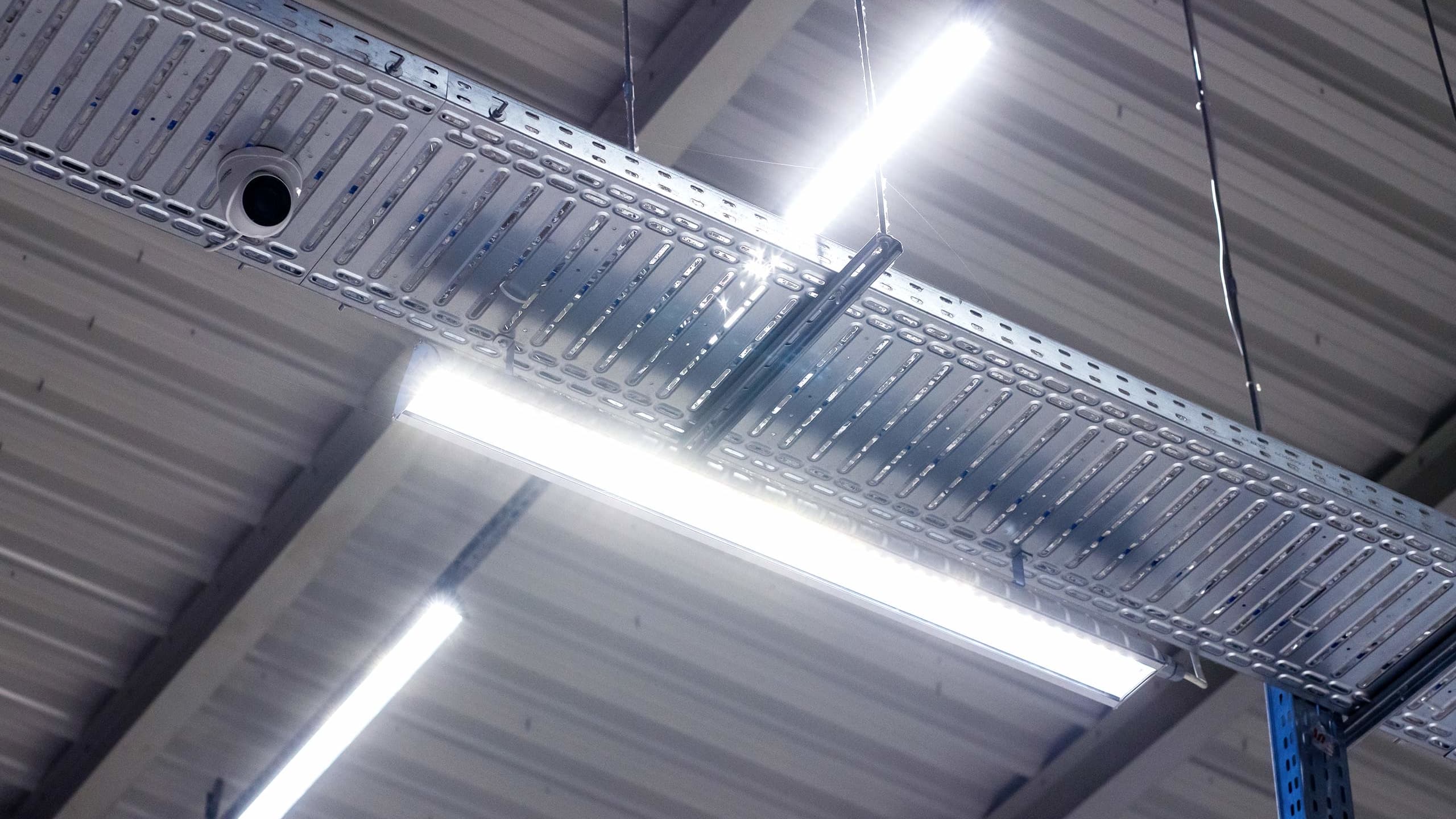The cost of electricity continues to rise and so do expenses for maintaining a facility, including lighting. For that reason, companies are increasingly seeking to upgrade their lighting systems. This process involves a number of steps. Prior to the final replacement of the system or part of it, a lighting energy audit should be carried out. It sets out the framework and provide supportive inputs for further work related to the implementation of the project and the replacement of the existing light sources.
What does the lighting energy audit involve?
It is a series of preparatory works for the upgrading of the lighting. Its key objective is to assess the current condition of the system and identify the potential for electricity savings. It also shows what measures will bring the greatest benefits. The auditor, i.e. the person carrying out the audit, takes into account, details such as
-
- replacing light sources with more energy-efficient ones;
- reducing or increasing the number and power rating of lights;
- relocation of luminaires;
- replacement of electrical wiring.

The lighting audit also includes calculations of emissions and CO2 reductions after the implementation of the proposed solutions.


What does a building lighting audit look like?
At the beginning of the indoorlightingaudit, a surveyof of the existing lighting system is made, based on the technical documentation if available. This stage is to complile details on the number, type, power and arrangement of the luminaires.
Then, based on the company operations, the auditor has to determine the lighting hours of the system. Based on the above, the luinous intensity and colour of light sources are preselected (according to the recommendations provided in PN-EN 12464-1). Depending on the scope of the survey performed, a photometric design may be required. A lighting control proposal can also be made.

All of that serves as the grounds for analysing the cost of the upgrade project. In addition to that, the ROI (return of investment) is identified and a CO2 emmission analysis is presented.
Another part of the building lighting audit is the external lighting audit. Here, the auditor has to assess the possibility of using the light sources in question in outdoor conditions and follow recommendations for the intensities of the areas concerned.

What does an energy audit of street lighting involve?
Note that a building lighting audit differs slightly from the street lighting audit. In this case, at the beginning, the geo-IT survey is carried outto verify the existing light sources, but also the lighting system. Moreover, at this stage, information related to the road infrastructure is collected (e.g. distance between poles, width and class of the road, number of lighting circuits, condition of control cabinets).
The result of the above work is a comprehensive lighting infrastructure report with a digital list of facilities. The following stages of the street lighting audit are similar to those applicable to buildings.

Our experts are available for a free lighting audit, so you can find out how much you can save per year! With our audit, you will quickly receive the results and advice from a dedicated expert. Use our offer, start saving.

Do you have additional questions?
Ask our expert
See other articles
What is discomfort glare?
Every one of us has, on more than one occasion, experienced dazzling light, which, in practice, is known as discomfort glare. Commonly referred to as glare, this effect adversely affects the eyes, reducing vision and recognition.
Lumens to watts – how to convert the luminous flux?
The luminous flux of LED lighting is given in lumens. With traditional light sources, on the other hand, the luminous intensity was usually determined as the power they consumed in watts. To be able to at least compare the two sources to some extent, it is necessary to convert lumens to watts. Therefore, in this article we address this issue.

Masz dodatkowe pytania?
Zapytaj naszego eksperta




